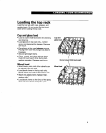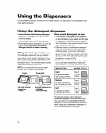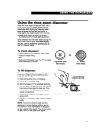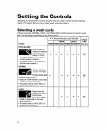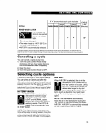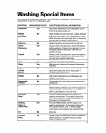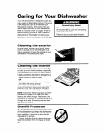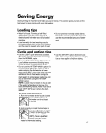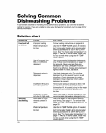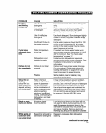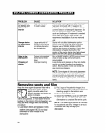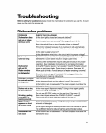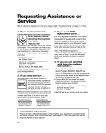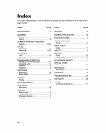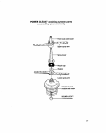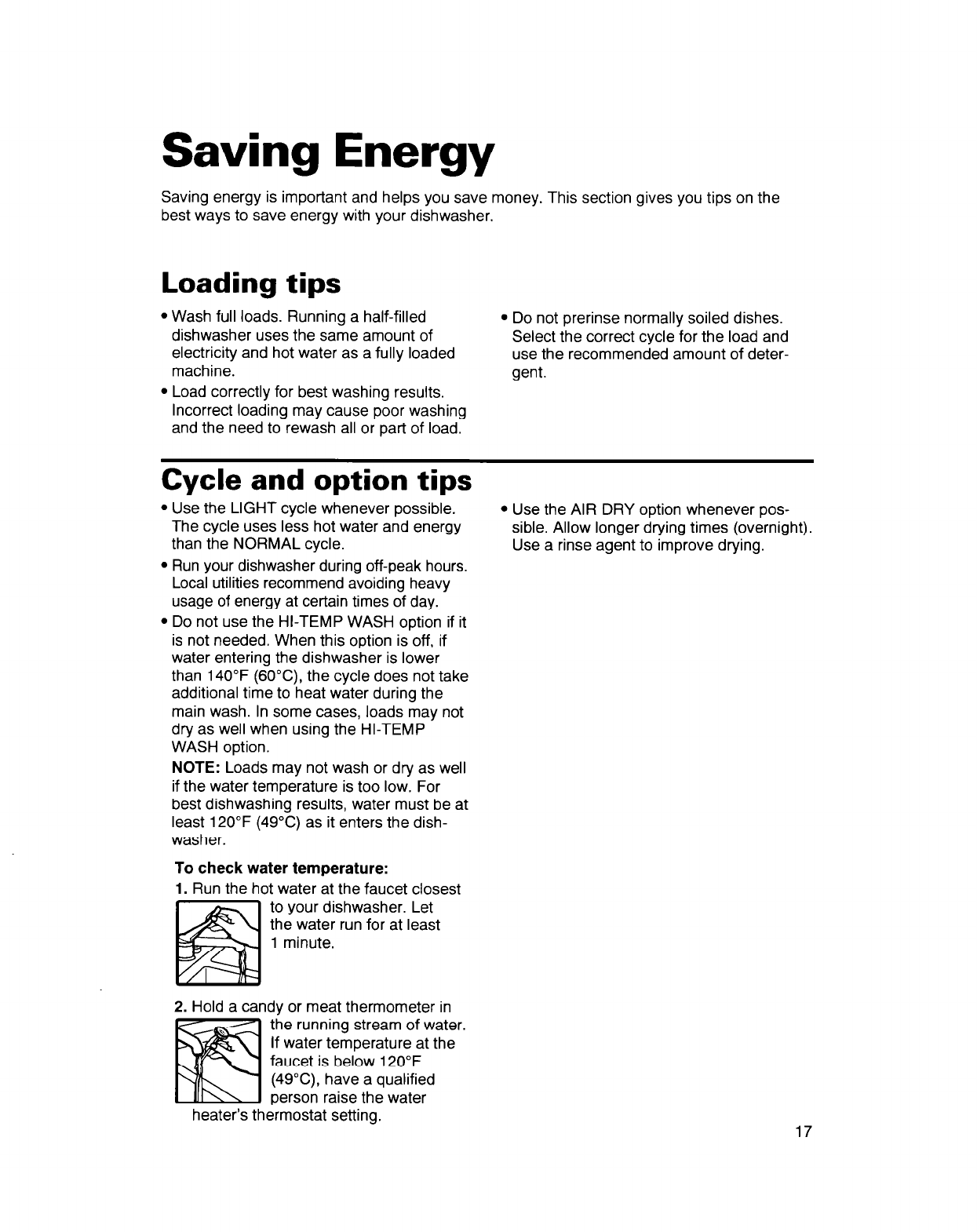
Saving Energy
Saving energy is important and helps you save money. This section gives you tips on the
best ways to save energy with your dishwasher.
Loading tips
l Wash full loads. Running a half-filled
dishwasher uses the same amount of
electricity and hot water as a fully loaded
machine.
l Load correctly for best washing results.
Incorrect loading may cause poor washing
and the need to rewash all or part of load.
l Do not prerinse normally soiled dishes.
Select the correct cycle for the load and
use the recommended amount of deter-
gent.
Cycle and option tips
l Use the LIGHT cycle whenever possible.
l Use the AIR DRY option whenever pos-
The cycle uses less hot water and energy
sible. Allow longer drying times (overnight).
than the NORMAL cycle.
Use a rinse agent to improve drying.
l Run your dishwasher during off-peak hours.
Local utilities recommend avoiding heavy
usage of energy at certain times of day.
l Do not use the HI-TEMP WASH option if it
is not needed. When this option is off, if
water entering the dishwasher is lower
than 140°F (SOC), the cycle does not take
additional time to heat water during the
main wash. In some cases, loads may not
dry as well when using the HI-TEMP
WASH option.
NOTE: Loads may not wash or dry as well
if the water temperature is too low. For
best dishwashing results, water must be at
least 120°F (49°C) as it enters the dish-
washer.
To check water temperature:
1. Run the hot water at the faucet closest
to your dishwasher. Let
the water run for at least
1 minute.
2. Hold a candy or meat thermometer in
the running stream of water.
If water temperature at the
faucet is below 120°F
(49”C), have a qualified
person raise the water
heater’s thermostat setting.
17



